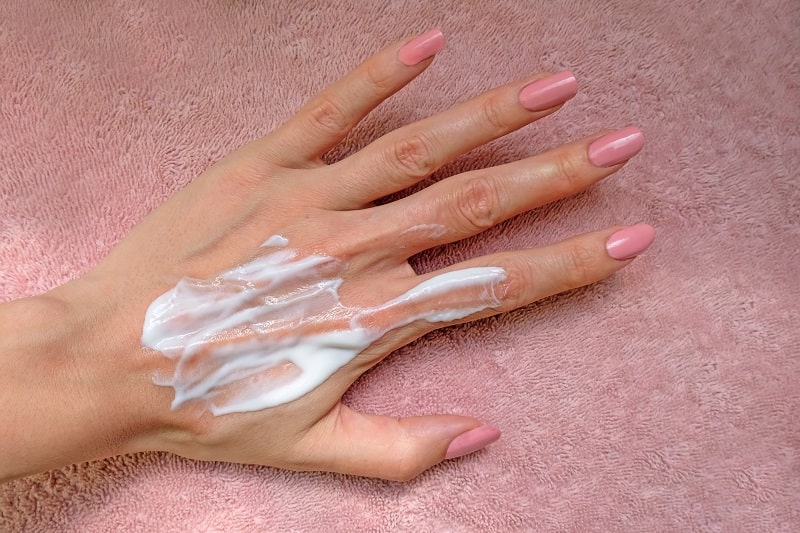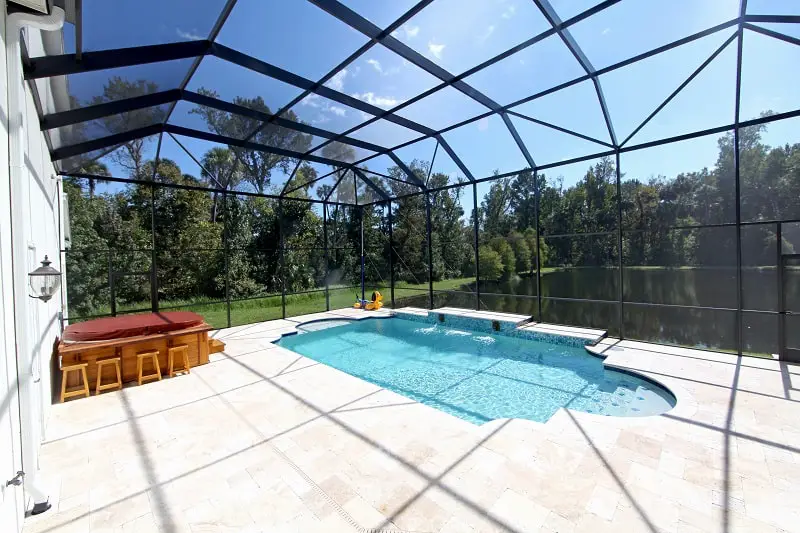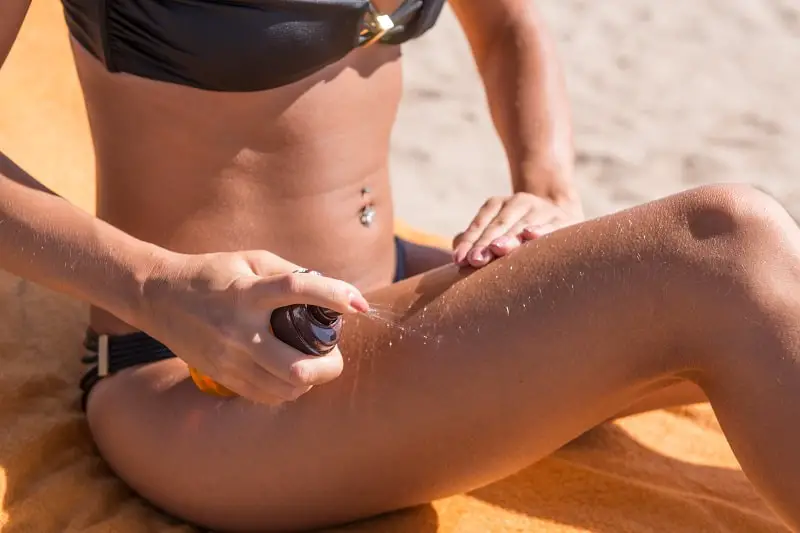Imagine this: You’ve spent all summer on the beach and at the pool basking in the sunshine. You’ve accumulated an overall bronzed dusting to your skin, yet come November you look down at your arms and wonder, “Why is my suntan not going away?”
Your skin has seemed to retain this color in a way it usually doesn’t. You might begin to worry, especially if it’s been quite a long time since the initial sun exposure.
Sun damage to the skin is exactly what it sounds like—over exposure to harmful rays that have resulted in an overproduction of melanin, presenting itself as uneven areas, dark spots or a tan that has overstayed its welcome.
Melanin is a dark brown to black pigment responsible for the tanning that occurs when our skin is exposed to natural sunlight. While not overly common, it is possible for cells to become damaged with pigment, causing a tan or dark spots to stick around.
This is what dermatologists call—hyperpigmentation. So, if this sounds like a problem you’re currently facing, read on to get the full scoop on why your suntan may not be going away.
Can A Suntan Last Forever?
This question can’t be answered in a black or white sense. Let me explain. If you are not suffering from hyperpigmentation then no. The skin naturally exfoliates itself over time, so a suntan is never permanent.
If you are suffering from hyperpigmentation, the long lasting suntan will eventually go away on its own, however it can take anywhere from a few months to a few years. Despite products on the market promising a cure for hyperpigmentation, the only way to 100% cure it (if you don’t want to wait it out) is to see a medical professional.
In extreme cases, sun exposure causing hyperpigmentation is so severe there is no way to reverse the damage. Because UV rays can alter your skin’s DNA, oftentimes there isn’t anything a doctor can do to help. A dermatologist is the only one who can decipher between a long lasting suntan and hyperpigmentation.
Why Does It Take So Long For My Tan To Fade?
Suntans typically begin to fade around 7-10 days and can take as long as 8 weeks to fully go away. Each day, the body naturally renews skin cells and rids itself of old ones. So, as the new cells underneath begin to form, your body will “shed” the bronzed ones.
This being said, exfoliating the skin can speed up the rate a tan fades. So if you aren’t someone who exfoliates regularly, it can seem as though your tan takes much longer than others to fade.
In addition, if you’re someone that can’t leave the house without a water bottle by your side, you may notice your tan sticking around well into the winter months.
This is because when our skin is dry, the top layer will begin to flake off—causing a tan to fade faster. So, on the contrary, if your skin is moisturized you won’t experience as much shedding as others may.
However, it all depends on the level of cell damage that has been done to the skin. Chronic repeated exposure to the sun means melanin has penetrated deeper through the layers. So, when one top layer has flaked off, another tanned layer is right behind it.
How Do You Get Past A Tan Plateau?
A tanning plateau is a phenomenon that occurs when the skin seemingly won’t get any darker, despite how often it’s exposed to the sun. This often happens to long term indoor tanning bed users. Over time as a tan progresses, the skin will become thicker, making it more difficult for the UV rays to penetrate through.
There are a few ways to work through a tanning plateau:
Use A Tanning Accelerator And Extender
When you reach a tanning plateau, your skin’s cells are naturally raised at a 45 degree angle, reflecting the UV rays. By using a tanning lotion, this allows the cells to lay flat, thus absorbing more.
Change Up Your Tanning Lotions
This means changing up the intensity and the level of bronzing power. Not all lotions are made equal, so read the labels carefully to break out of your usual routine.
Switch Up The Tanning Bed
Using a variety of tanning equipment means changing the UVA/UVB ratios your skin is exposed to, thus stimulating different layers of the skin. Some people may find it odd that even stepping down a level in a tanning bed can help break the plateau, as it reaches skin layers not commonly affected by their normal bed.
Try A Stimulating “Tingling” Lotion
Tingling lotions actually contain an ingredient that stimulates melanin production. As it sounds, it tingles and can even feel itchy, as the skin cells are over stimulated far more than normal. Be warned: This can be incredibly uncomfortable for some so if you have sensitive skin, I don’t recommend it.
How Can I Remove Tan From My Face Quickly?
There are quite a few options for those wishing to remove a suntan from their face in the least amount of time possible. Many of these at home treatments are all natural, and you may even have some of these ingredients already.
Here are 5 natural remedies for removing a stubborn face tan:
Lemon Juice & Honey
Lemon contains natural bleaching properties while honey protects your skin from its harsh acidity.
Turmeric & Chickpea Flour
Combining these two dry ingredients with milk and rose water can exfoliate the skin, aiding in skin cell turnover.
Lemon Juice, Cucumber & Rose Water
Mix together one tablespoon of each ingredient. The lemon juice will begin to fade your tan, while the cucumber and rose water will soothe any irritation that may occur.
Honey & Papaya
In tropical countries, papayas are known for their exfoliating power, making them a great choice in generating new skin cells. The honey helps keep the skin smooth and healthy.
Tomato Juice & Yogurt
While it may not sound like the most appealing option, the citric acid found in tomatoes is often used as a natural skin lightener, while the yogurt works to soothe and moisturize the skin.
How Do You Get Rid Of A Tan That Won’t Go Away?
So, you’re sick of looking in the mirror and seeing your swimsuit lines from last summer? Don’t worry, unless you’re suffering from an extreme case of hyperpigmentation, there are some home remedies tried and true to aid in removing those stubborn tan lines.
Buttermilk
Lactic acid found in buttermilk has been proven to aid in not only suntan removal but helping soothe sun burns, hydrating the skin with oils, evening out dark spots and can result in hydrated, glowing skin.
Turmeric Paste
The use of turmeric for skin dates all the way to 700 A.D. You can mix turmeric with tomato puree or you can buy a turmeric essential oil lotion. Either way, certain compounds found in turmeric can inhibit melanin production, increase elasticity and aid in UV sun protection.
Honey, Orange & Yogurt
As we discussed, both yogurt and honey have many benefits including skin lightening, protection and hydration. But what about the orange?
There is an enzyme found in orange peels that aids in easing effects of hyperpigmentation. Simply grind up an orange peel, mix with honey and yogurt and apply as a mask, peeling off after about 20 minutes.
Crushed Watermelon
Research has shown that either eating or using watermelon as a topical treatment has significant effects in skin lightening, due to its high levels of antioxidants.
Final Thoughts: Why Is My Suntan Not Going Away?
A stubborn tan is like a crazy ex-boyfriend: No matter how much you wish they’d go away, you feel like you’re going to be stuck with them forever. One of the most fascinating things about the human body is the ability for it to renew itself over time.
Typically it takes 2-3 months for the skin cells to completely shed and regenerate. So take hope in knowing it probably shouldn’t take much longer than that. However, if you wish to speed up the process, or it’s been longer than 8-12 weeks, there is no harm in trying natural, home remedies, as none of them contain harsh chemicals.
If after months of waiting, or weeks of trying to lighten your tan on your own, you still feel as though your tan hasn’t improved you may be looking at sun damage instead. If you feel as though you’re in this last situation, it’s always a good idea to consult with a dermatologist before attempting any other treatments on your own.






